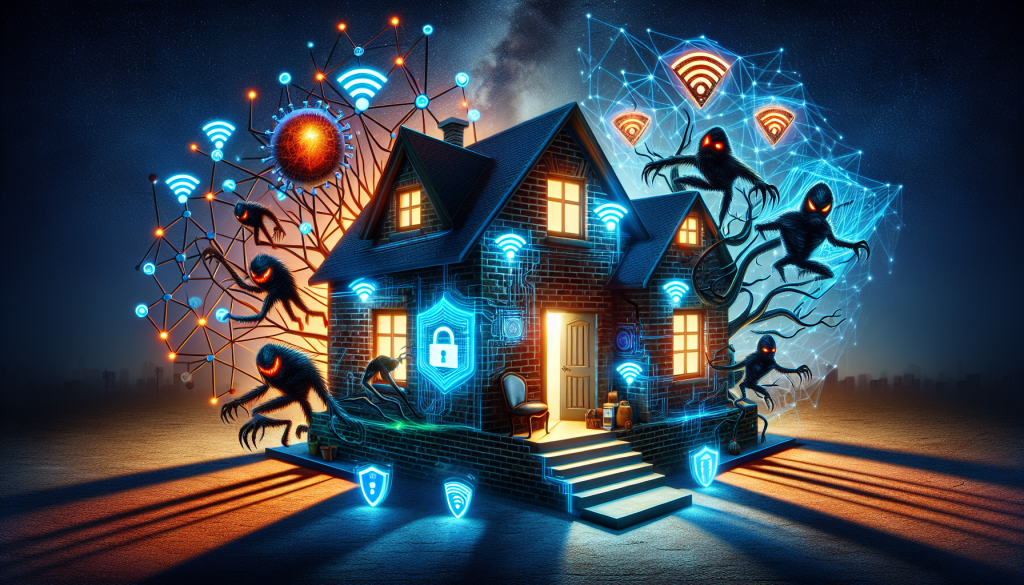
IoT Security Nightmares: Protecting Your Smart Home
IoT Security Nightmares: Protecting Your Smart Home
As technology advances, our homes are becoming smarter and more connected than ever before. With the rise of the Internet of Things (IoT) devices, we can now control our lights, locks, thermostats, and even appliances with just a few taps on our smartphones. While this may seem like a convenient and modern way of living, it also brings along new security risks, making our homes vulnerable to cyber attacks. In this article, we will explore the potential security nightmares that come with a connected home and how you can protect your smart home from them.
The Dangers of IoT Devices
Smart home devices are designed to make our lives easier, but they also create a new avenue for hackers to access our personal information and even control our homes remotely. Many IoT devices are created with convenience in mind, rather than security. As a result, they often lack basic security features, such as strong passwords and encryption, making them an easy target for cybercriminals.
One of the biggest concerns with IoT devices is that they are always connected to the internet, which means they are constantly sending and receiving data. This data can include sensitive information such as your daily routines, personal preferences, and even your location. Hackers can exploit these vulnerabilities and use this information for malicious intent.
Common IoT Security Nightmares
The most common IoT security nightmare is ransomware attacks. Hackers can gain access to your IoT devices and encrypt your data, essentially holding it for ransom. They may demand a large sum of money in exchange for your data or threaten to delete it if you do not comply. This not only puts your personal information at risk but also disrupts the functioning of your smart home, affecting your daily life.
Another nightmare is unauthorized access to your home. With IoT devices controlling our locks, burglars can use sophisticated methods to hack into your system and unlock your doors without even being physically present. This poses a serious threat to your home’s security and puts your family and belongings at risk.
Protecting Your Smart Home
The good news is, there are steps you can take to protect your smart home from these security nightmares. The first and most crucial step is to secure your network. Change the default passwords on all your devices and make sure they are unique and strong. Consider using a virtual private network (VPN) to encrypt your internet traffic and protect your devices from outside intrusions.
Regularly update your devices’ firmware to ensure they have the latest security patches. Keep an eye out for any suspicious activity on your devices, such as unusual logins or changes in settings. Consider using two-factor authentication whenever possible to add an extra layer of security to your devices.
You can also limit the number of devices connected to your home network. Only connect devices that you actually use and trust. The more devices you have connected, the more vulnerable your network becomes. Additionally, consider setting up a separate guest network for visitors to use, to keep your main network secure.
Conclusion
IoT devices offer a wide range of benefits and convenience, but they also come with a new set of security risks. By being aware of these risks and taking the necessary precautions, you can protect your smart home from potential cyber attacks. Remember to regularly update your devices, secure your network, and limit the number of devices connected. With these measures in place, you can enjoy the benefits of a connected home without any security nightmares.
